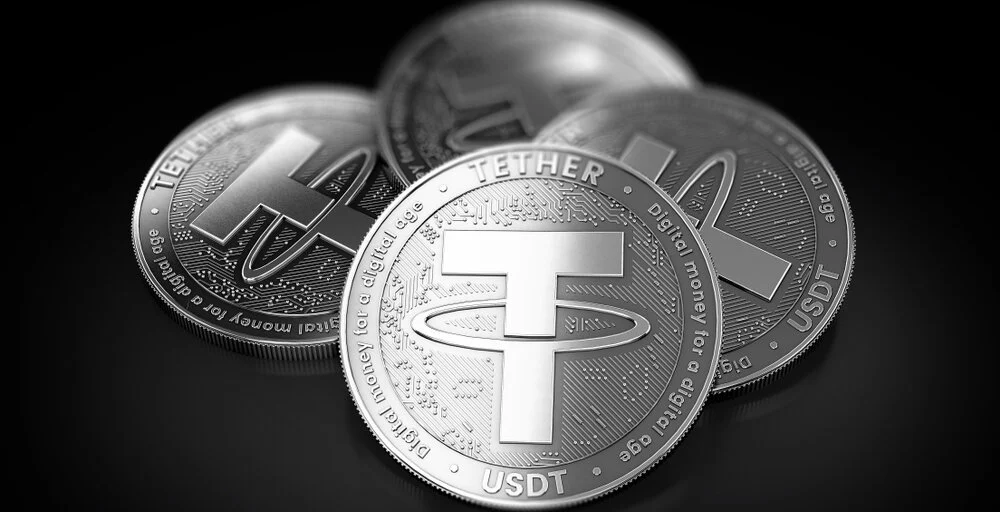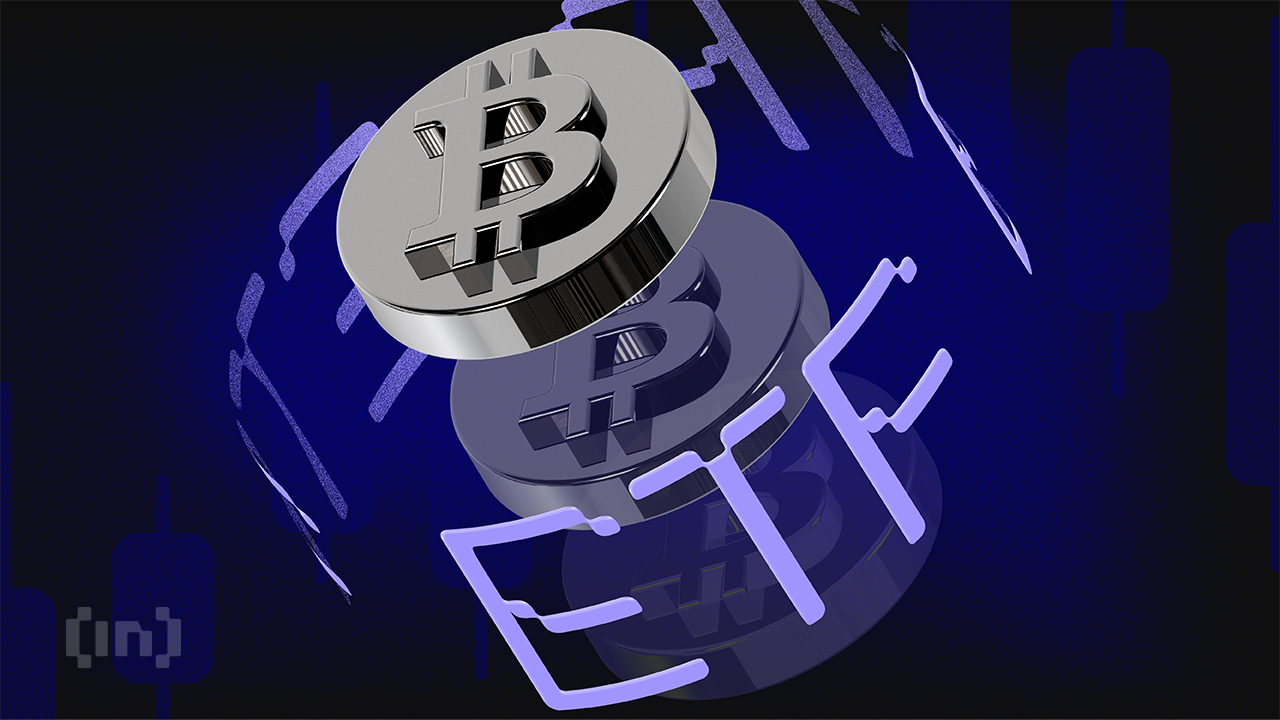The Advantages of Interoperable USDT Deployments on Multiple Blockchains
Introduction
As the cryptocurrency market continues to evolve and mature, the importance of interoperability between different blockchain networks becomes increasingly evident. Recently, a new infrastructure has been developed that will allow USDT deployments on various blockchains, including Arbitrum, Ethereum, Tron, Ton, Ink, and Berachain, to link without the need for wrapping tokens.
Benefits of Interoperable USDT Deployments
This new infrastructure will bring a host of benefits to users and developers alike. One of the key advantages is the seamless transfer of USDT tokens between different blockchains. This will not only improve liquidity and accessibility but also reduce transaction costs and processing times.
Furthermore, interoperable USDT deployments will enhance the overall efficiency of decentralized finance (DeFi) applications. Users will be able to leverage USDT on multiple blockchains simultaneously, opening up new opportunities for trading, lending, and borrowing.
Impact on Users
For individual users, the ability to access USDT on various blockchains without the need for wrapping tokens will streamline their cryptocurrency transactions. They will no longer have to worry about converting USDT to different formats or dealing with complicated cross-chain interoperability issues.
With interoperable USDT deployments, users can enjoy a more seamless and user-friendly experience when interacting with decentralized applications and smart contracts. This will ultimately lead to greater adoption of blockchain technology and increased participation in the decentralized economy.
Global Implications
From a global perspective, the interoperability of USDT deployments across multiple blockchains will have far-reaching implications. It could potentially pave the way for greater collaboration and compatibility between different blockchain ecosystems, fostering innovation and driving growth in the broader cryptocurrency industry.
Moreover, by enabling the seamless transfer of USDT tokens across various blockchains, this new infrastructure will facilitate international trade and cross-border remittances. It has the potential to revolutionize the way financial transactions are conducted on a global scale, leading to greater financial inclusion and economic empowerment.
Conclusion
The development of interoperable USDT deployments on multiple blockchains represents a significant milestone in the evolution of blockchain technology. It promises to revolutionize how we interact with cryptocurrencies and decentralized applications, making them more accessible, efficient, and user-friendly.
As we move towards a more interconnected and interoperable blockchain ecosystem, the possibilities for innovation and collaboration are endless. The future of finance is decentralized, and the interoperability of USDT deployments will play a crucial role in shaping this new financial landscape.





